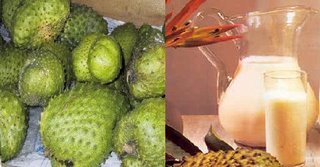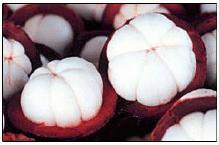
Recently, Guyabano was reported as one of the fruits that provide miracles to cancer patients. In an article written by EDUARDO GONZALES, MD (See below for excerpts); he said
How to make Guyabano Nectar
The idea that graviola (Guyabano) is an effective cancer fighter evidently stems from research (published in 2008) conducted at the Purdue University’s School of Pharmacy and Pharmaceutical Sciences on the unique substances known as annonaceousacetogenins that have been extracted from the graviola tree. The Purdue investigators found these substances to be potent inhibitors of cancer cells while leaving normal cells alone. They also found the compounds to be effective against drug-resistant cancer cells.So lets make these recipes and be healthy.
How to make Guyabano Nectar

